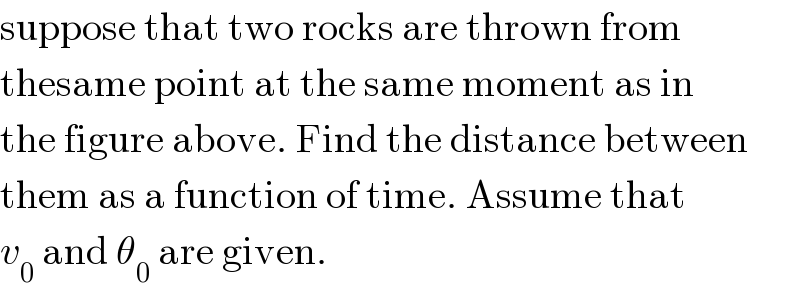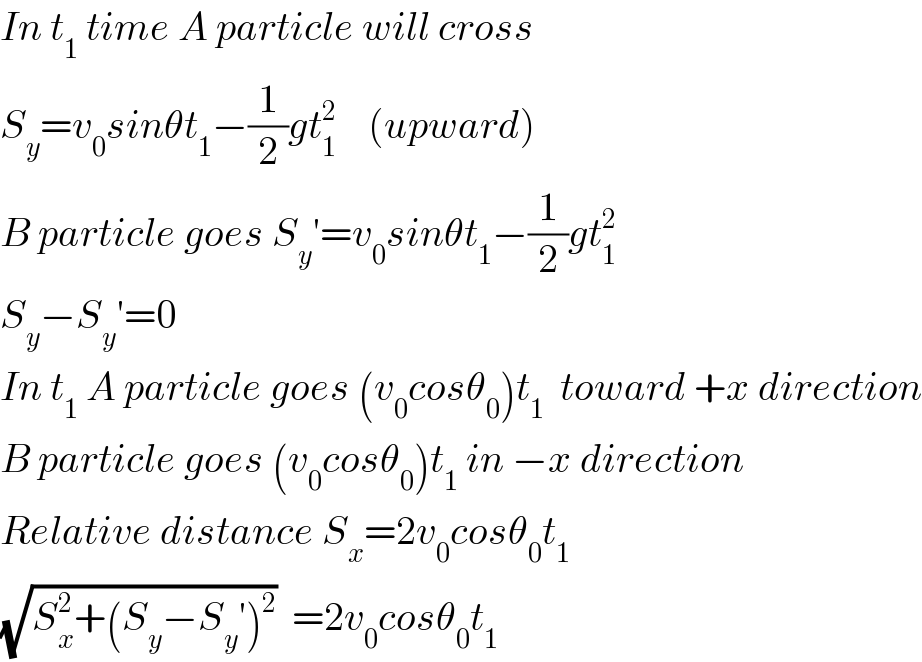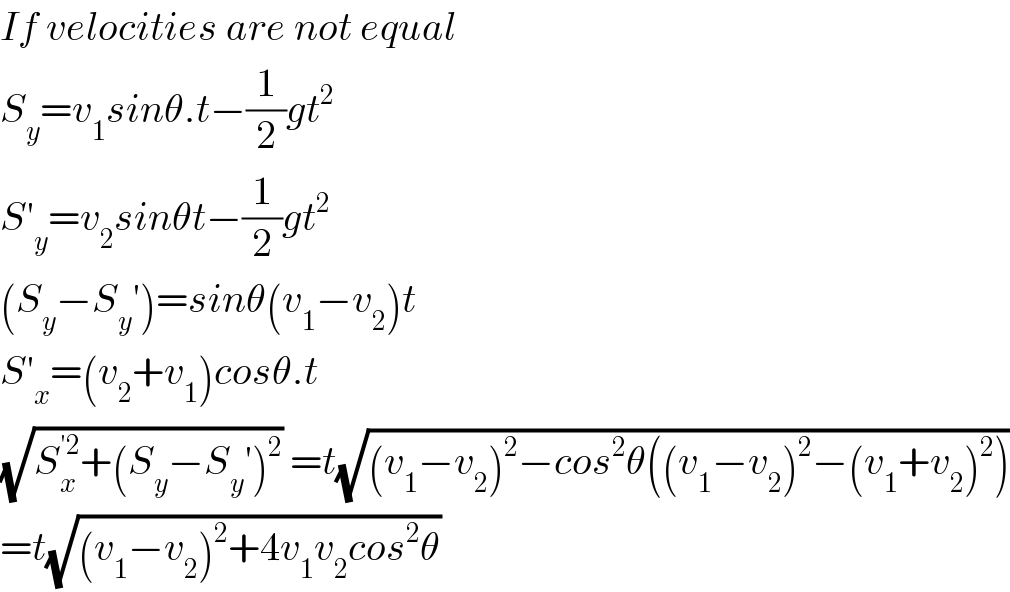
Question and Answers Forum
Question Number 114475 by Rio Michael last updated on 19/Sep/20

Commented by Rio Michael last updated on 19/Sep/20

Commented by Dwaipayan Shikari last updated on 19/Sep/20

Commented by Rio Michael last updated on 19/Sep/20

Commented by Dwaipayan Shikari last updated on 19/Sep/20

Commented by Rio Michael last updated on 19/Sep/20

